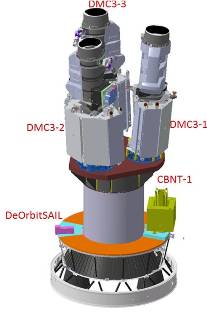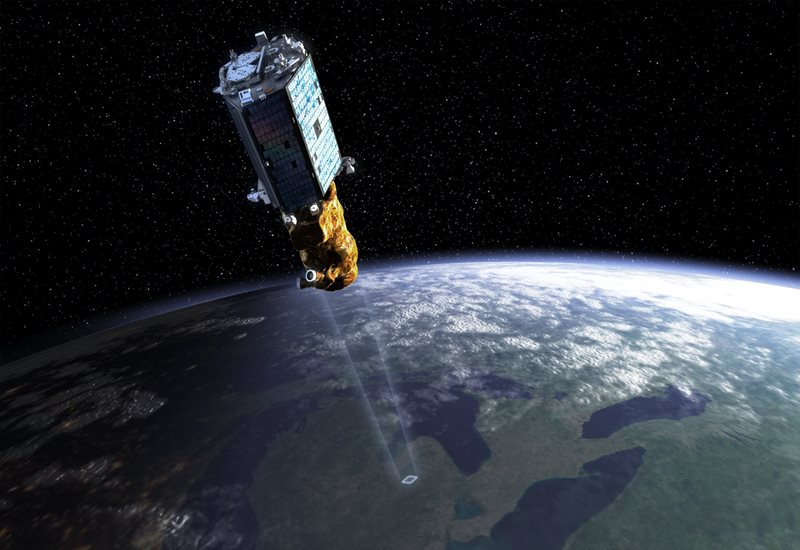Send to a friend
The details you provide on this page will not be used to send unsolicited email, and will not be sold to a 3rd party. See privacy policy.
[THIRUVANANTHAPURAM] After successfully placing five UK satellites in orbit last week (10 July) using its Polar Satellite Launch Vehicle (PSLV), India’s space establishment is confident of increasing the number of its annual commercial launches.
Chairman of the Indian Space Research Organisation (ISRO), A.S. Kiran Kumar, says India will execute an average of 30 launches over the next three years. “There is a terrific demand for launches using the PSLV and we are not fully able to manage all of them,” he tells SciDev.Net.




ISRO’s latest mission, the PSLV-C28, delivered three disaster monitoring constellation DMC3 satellites built by Surrey Satellite Technology Limited (SSTL) into orbit as well as two technology demonstrators — CBNT-1, an SSTL-built earth-observation microsatellite and DeorbitSail, a nanosatellite built by the Surrey Space Centre.
Stationed in sun-synchronous orbits, the DMC satellites’ commercial applications include surveying Earth resources and managing urban infrastructure. They will also provide free satellite imagery during major natural disasters caused by tsunamis, hurricanes and floods.
The total lift-off mass of the five satellites was about 1.44 tonnes, making PSLV-C28 the heaviest commercial mission so far by ISRO. “This has given a big boost to ISRO’s commercial launch capabilities,” says K. Sivan, director of ISRO’s Vikram Sarabhai Space Centre in Thiruvananthapuram.
In June 2014, ISRO had sent aloft the French satellite SPOT-7 weighing 714 kilograms on the PSLV C-23. The last PSLV mission on 28 March placed the IRNSS-1D, a navigational satellite, in orbit.
According to Sivan, when ISRO launches a Geosynchronous Satellite Launch Vehicle in August, this too will be carrying out commercial services for international entities. In the following month ISRO will run trials of a demo reusable launch vehicle.
The PSLV, which was developed by ISRO to launch a series of remote sensing satellites into sun-synchronous orbits, is also capable of placing small satellites into geostationary transfer orbit. Last week’s launch was the 30th of the expendable PSLV rockets used by ISRO, with 27 of them successfully reaching designated orbits.
According to Kumar, an ISRO satellite designed to serve the member countries of the South Asian Association of Regional Cooperation (SAARC) is expected to be launched in December 2016. SAARC includes Afghanistan, Bangladesh, Bhutan, India, Maldives, Nepal, Pakistan and Sri Lanka.“At a meeting last month with five member countries, including Pakistan, we explained the different applications of the SAARC satellite and the configuration is now under discussion,” Kumar said.
This article has been produced by SciDev.Net's South Asia desk.














